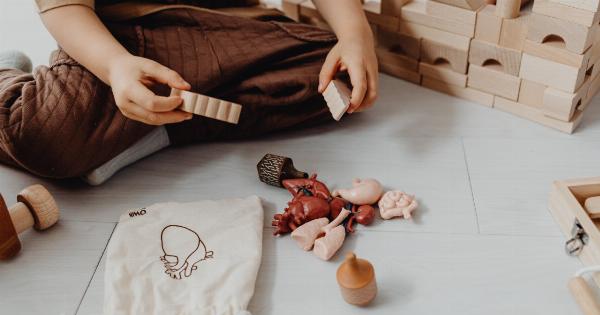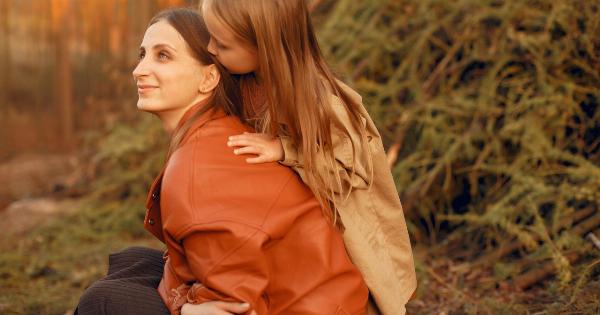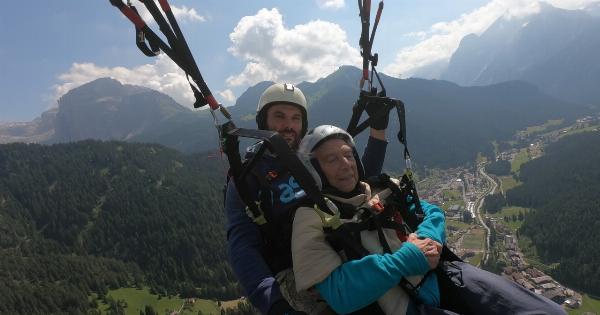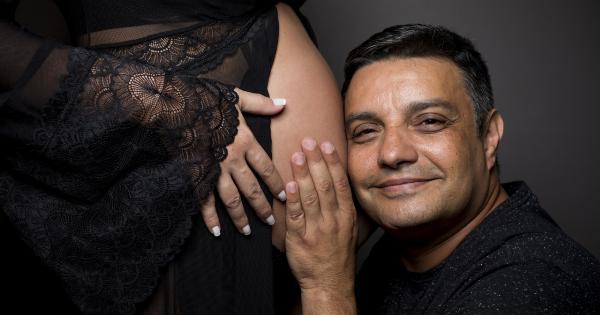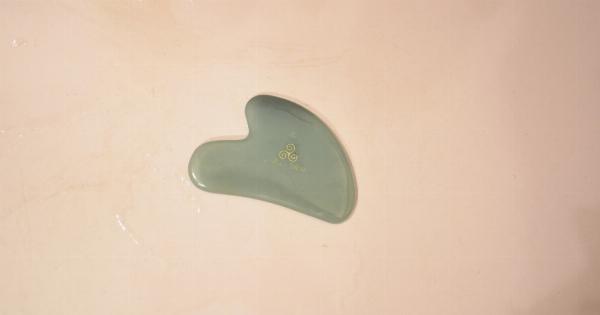Babies communicate from the moment they are born, long before they can speak. Understanding your baby’s communication cues is essential for fostering a strong bond and meeting their needs effectively.
By learning how to interpret their signals, you can better respond to their needs and provide a nurturing environment for their development. In this article, we will explore the various ways in which babies communicate and how you can decode their messages.
1. Crying
Crying is the primary way babies communicate. It signals hunger, discomfort, fatigue, or a need for attention. By paying attention to the different types of cries, you can begin to understand what your baby is trying to convey.
2. Eye Contact
Babies have a remarkable ability to communicate through eye contact. From the very beginning, they use eye contact to connect with their caregivers and establish a sense of security.
Responding to your baby’s gaze and maintaining eye contact during interactions helps to strengthen the parent-child bond.
3. Facial Expressions
Babies communicate a range of emotions through their facial expressions. They can convey joy, surprise, sadness, or discomfort without using any words.
Smiling, frowning, or wrinkling their forehead are ways in which they express their feelings and needs.
4. Body Movements
Babies use their body movements to communicate their comfort level or discomfort. They may squirm, kick their legs, or arch their back to indicate that something is bothering them.
Paying attention to these movements can help you identify potential issues such as gas, hunger, or an uncomfortable position.
5. Vocalizations
While babies are not yet able to form words, they make a variety of sounds to communicate. Cooing, gurgling, babbling, and even imitating sounds they hear are ways in which babies start developing their language skills.
By responding to their vocalizations, you encourage their language development and create an interactive communication style.
6. Cues and Signals
Babies communicate through cues and signals that indicate their needs or emotions. They may rub their eyes when they are tired, turn their head away when they are full, or reach out their arms when they want to be picked up.
Recognizing and responding to these cues promptly can help strengthen the caregiver-infant bond and provide a sense of security.
7. Social Smiling
Around 6 to 8 weeks of age, babies start social smiling. This genuine smile is their way of expressing happiness, connection, and engagement.
Responding to their social smile with warmth and attention reinforces their positive emotional development and strengthens the emotional connection between parent and child.
8. Vocal Turn-Taking
As babies grow, they engage in vocal turn-taking, where they respond to your vocalizations or gestures with their own sounds. This exchange builds the foundation for communication, teaching them the back-and-forth nature of conversations.
Encouraging vocal turn-taking helps develop their language skills and nurtures their social development.
9. Pointing and Gestures
Around 9 to 12 months, babies start using gestures to communicate their wants and needs.
They may point at objects they want, raise their arms to be picked up, or shake their head to indicate “no.” Understanding and responding to their gestures enhances their ability to communicate effectively and reduces frustration.
10. Babbling and First Words
Between 9 and 14 months, babies begin babbling with more intent. They experiment with different sounds, tones, and rhythms. Eventually, these babbling sounds transform into their first words.
Encouragement and interaction during this phase are crucial for their language development.
The Importance of Responding
It is essential to respond to your baby’s communication attempts promptly and affectionately. By doing so, you create a secure attachment, build their sense of self-worth, and support their emotional and cognitive development.
Responsive caregiving not only strengthens your bond with your child but also fosters their communication skills and confidence.
Conclusion
Learning your baby’s communication cues is a journey that requires patience, sensitivity, and active observation.
By understanding how babies communicate through crying, eye contact, facial expressions, body movements, vocalizations, cues, and gestures, you can respond appropriately to their needs. Remember, every baby is unique, and learning to understand your baby’s unique communication style lays the foundation for a strong parent-child relationship.

